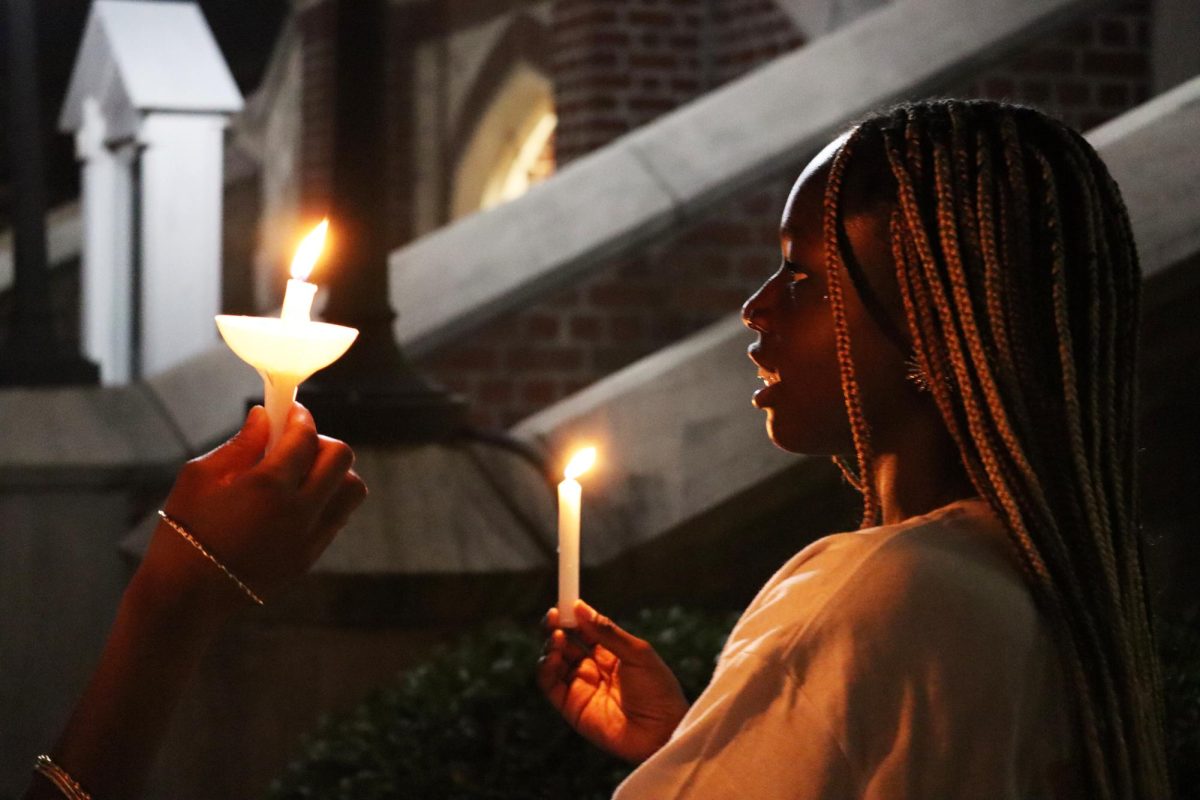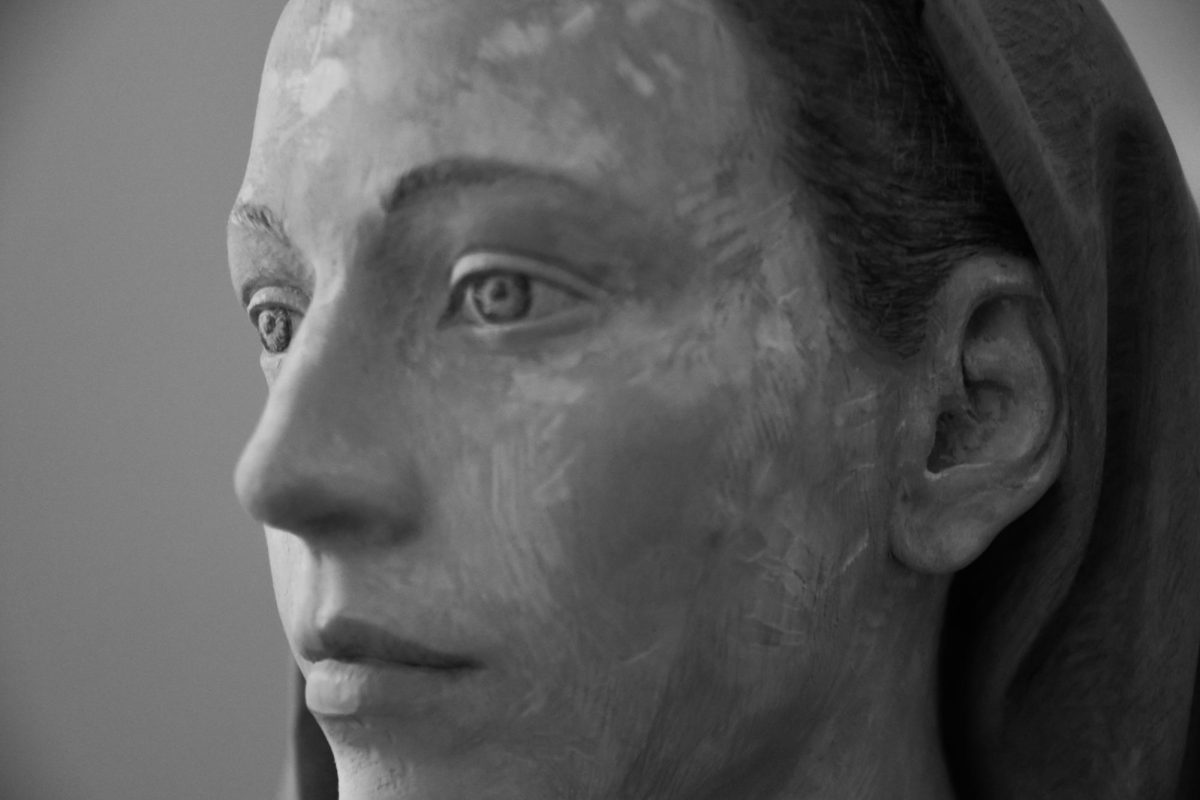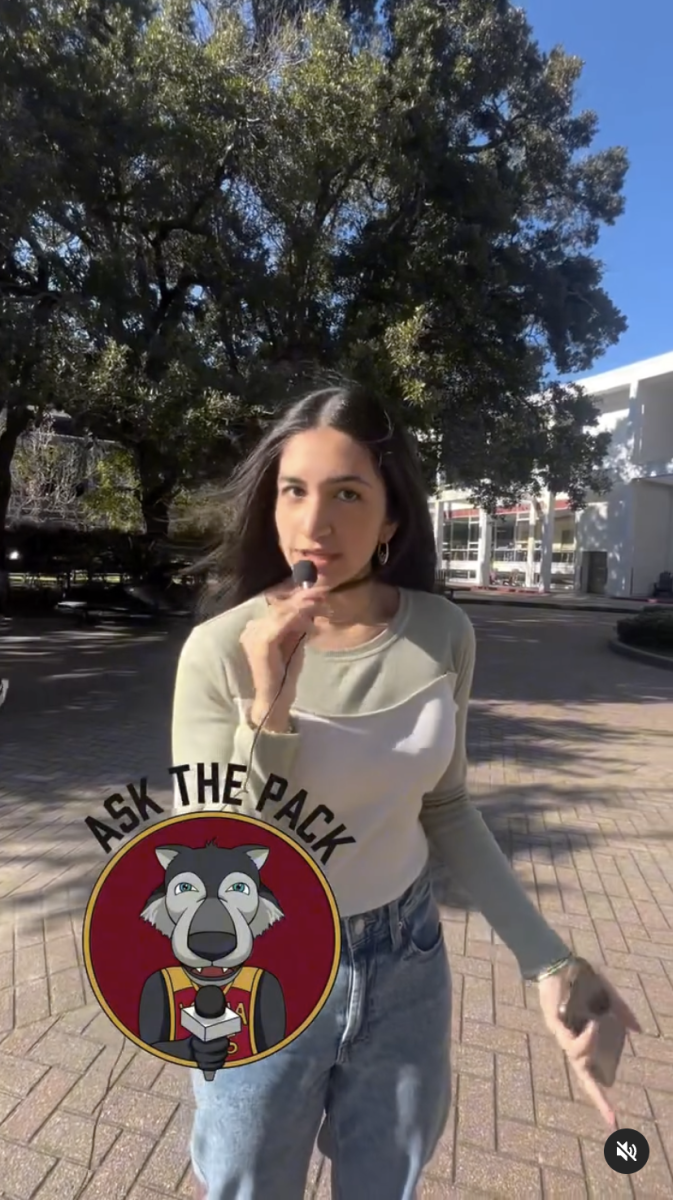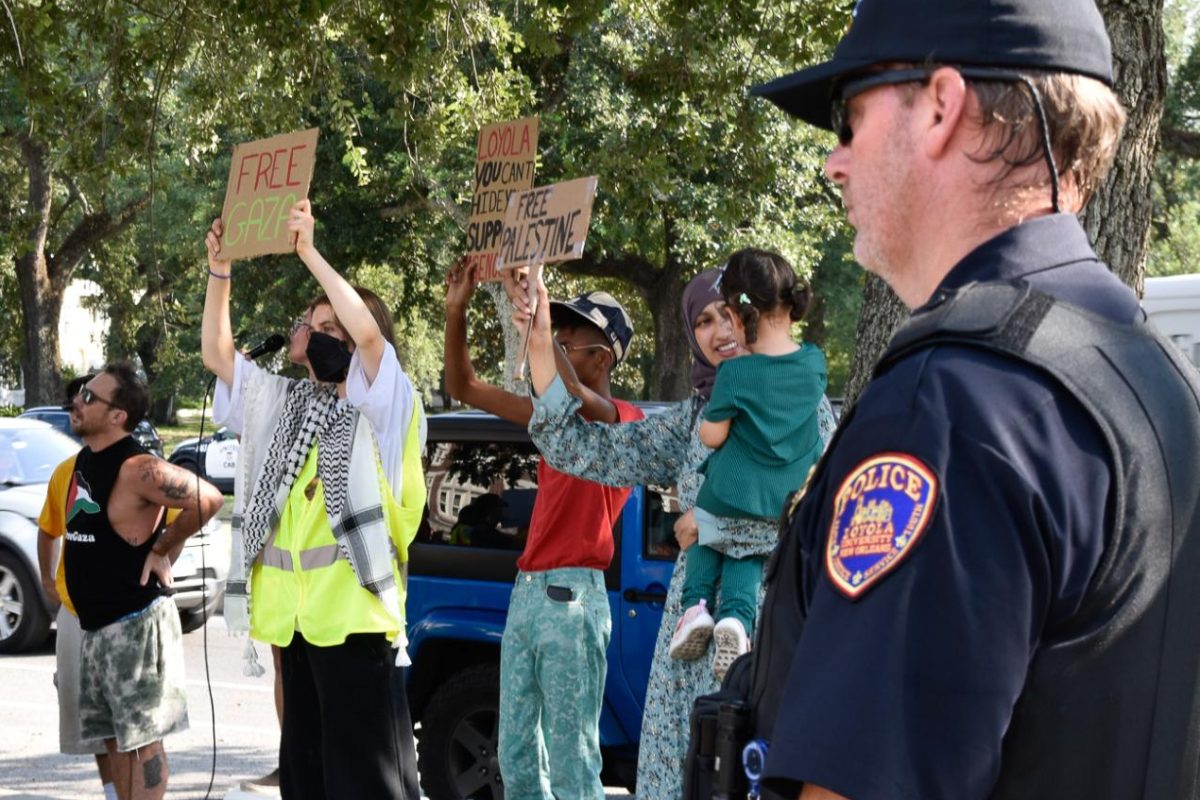Today’s political spectrum is defined by the terms “liberal” and “conservative.”
Over years of vernacular usage, these terms have lost all semblance of meaning and have grown into synonymous relations with the Democratic and Republican parties.
The roots of term liberal derives from liberty or freedom. My question to the left is, what is this freedom from? It surely isn’t freedom from government intervention, as it was when this term was first adapted in political usage before you stole it.
The classical liberals included Thomas Jefferson and Alexander Hamilton. These anti-federalists were fearful of big government and intervention.
Today’s so-called liberals turn to the government and their coercive ways to subsidize and regulate industry, resulting in political loopholes, bureaucratic inefficiencies, and abandoning of liberties.
Today, the term conservative is filled with negative connotations. The images of pasty white religious fundamentalists with their absurd demands on social propriety come to mind, but the word itself means a calling to return to traditional methods.
When the term was first adapted, this referred to authoritarianism, obviously not preferred methods of government. The neo-conservative Republican sector resembles this definition with their warmongering, expansive governmental policies.
These mundane simplifications have been so misconstrued by our two most prevalent political parties, it’s no wonder that American citizens have abandoned the hope of voting, as proved by the dismal turnout figures of elections at all levels of government office.
I prefer to use a simpler method for categorizing the political spectrum, simply left and right. Radical left wing activism is socialism or complete communism, defined by shared or government ownership of all aspects of the market process. Radical right wing opinions advocate zero government interference with the market and thus no need for a government entity.
In between these extremes lay the moderate parties of Democrat and Republican, listed from left to right.
It is within the radical right wing activism that I find myself rooted in political opinions. I often receive criticism and accusations of cold-heartedness toward issues of homelessness, poverty, hunger, war, health care, the environment and human rights.
These accusations are misconceptions of traditional conservatism. I do not ignore these issues, nor do I consider myself of limited conscience about them, rather I am deeply concerned with all of them.
It is the radical left and moderates of both sides that I would argue lack moral fiber on these issues.
Their intended solutions claim moral superiority, while subsidies and interventions result in drastic bust cycles in business, misallocated resources and a growing dependency of American citizens on the welfare state.
Radical right wing theory addresses these same issues. Rather than seeking solutions from the same individuals on whom we have placed the blame, mainly the government, we choose to demonstrate the self-correcting mechanisms of a free market system and call for repeal of troublesome inefficient government policies.
Unfortunately for both the radical extremes of politics, the moderates, with their insistent mudslinging, have pitted general stereotypes into us both.
The left views the right as nothing more than a greedy rich corporate male. The right accuses the left of hippie, idealistic laziness.
These radicals do not realize that their intentions of improving the system are relatively the same ends; it is only by their means in which these alternate opinions differ.








